Ultimate Guide to Seasonal Plant Selection
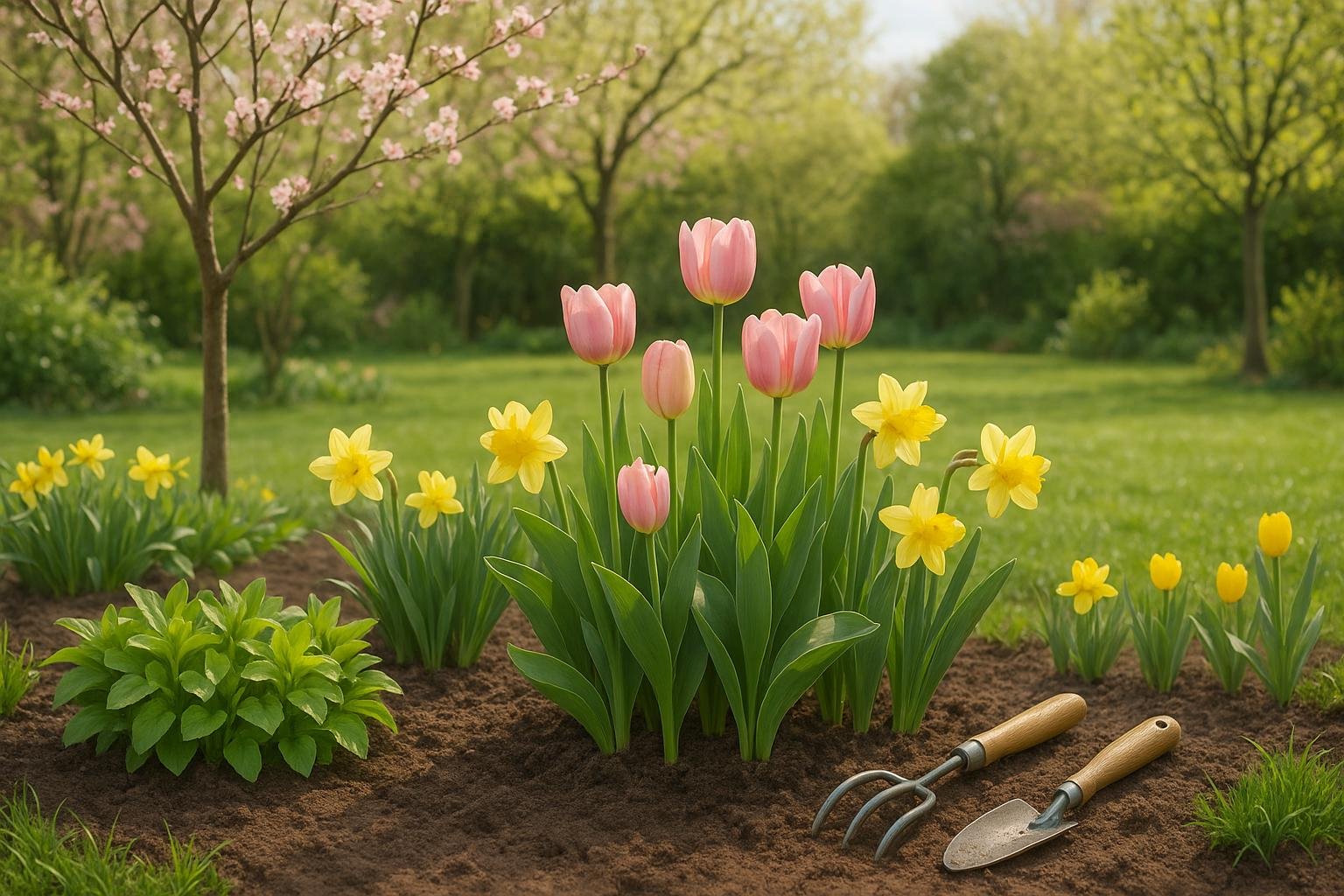
Want a thriving garden year-round? Seasonal plant selection is key. Here's how to simplify the process:
- Know Your USDA Zone: Match plants to your region's temperature range.
- Test Your Soil: Check pH, composition, and nutrients for healthy growth.
- Plan for Light and Water: Choose plants based on sunlight and watering needs.
- Use AI Tools: Tools like AIGardenPlanner recommend plants, create schedules, and adapt to weather changes.
Quick Tip: AI-powered tools save time and boost success by tailoring plans to your local climate. Whether it's spring veggies, summer blooms, or winter greens, this guide has everything you need to plan smarter and grow better.
Can ChatGPT Help You Grow a Thriving Garden? AI Gardening Tips Revealed!

Basic Rules for Seasonal Plant Selection
Seasonal gardening requires careful consideration of several key factors: your USDA zone, soil characteristics, light availability, and water needs.
USDA Hardiness Zones and Plant Selection
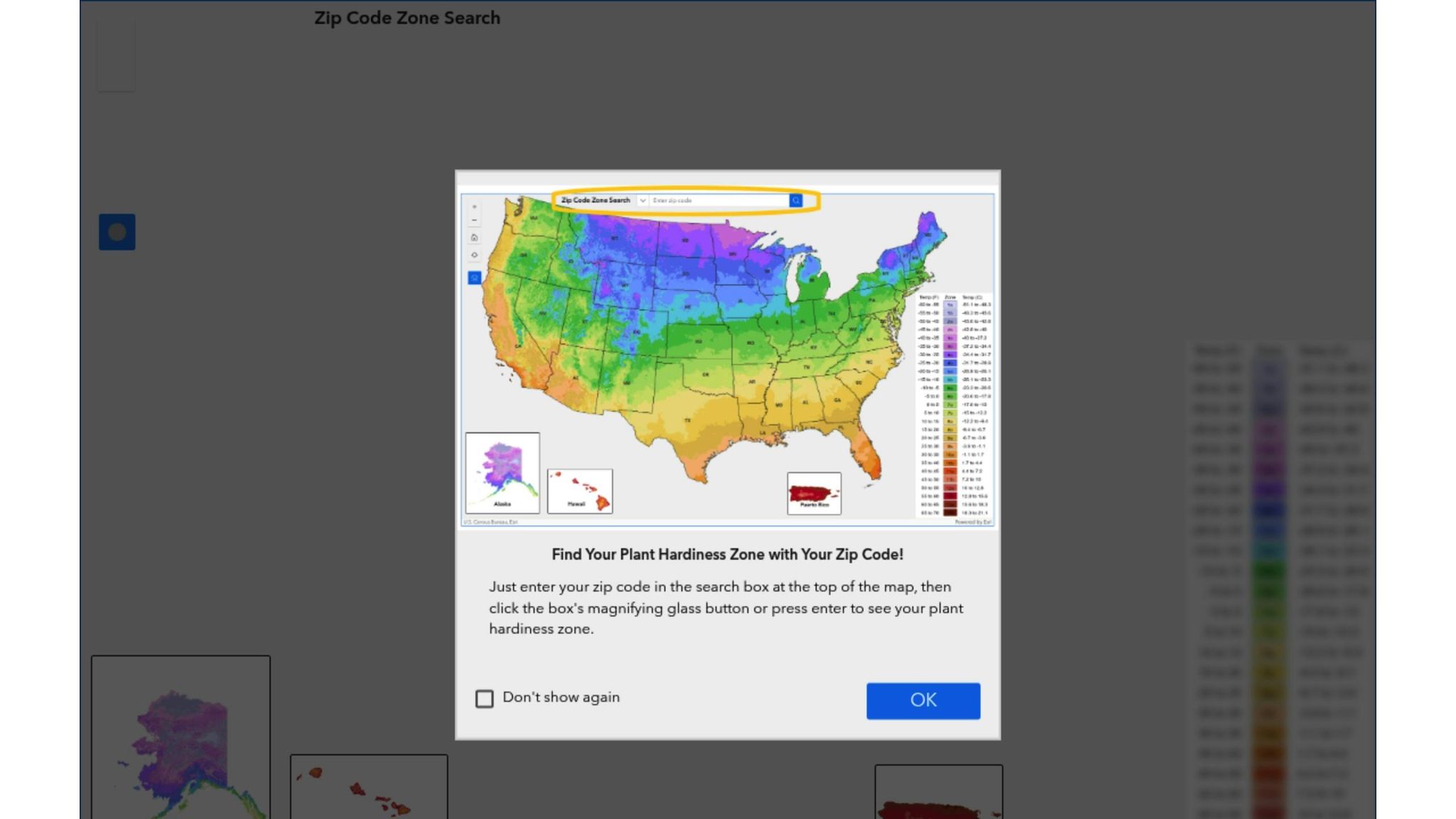
The USDA Hardiness Zone system is the go-to resource for choosing plants suited to your area. Each zone reflects a specific temperature range, helping you identify plants that can handle your local climate. For example, Zone 6a, with winter lows between -10°F and -5°F, calls for plants rated for Zone 6 or lower.
Tools like AIGardenPlanner can simplify this process by automatically recommending plants that match your local climate.
Soil Types and pH Testing
Soil health plays a major role in plant growth. To ensure your plants thrive, test your soil for:
- Soil pH: Most plants prefer a pH between 6.0 and 7.0.
- Soil Composition: Sandy, clayey, or loamy soil impacts drainage and nutrient availability.
- Nutrient Levels: Check for essential minerals and organic matter.
If adjustments are needed, here’s what you can do:
- Use lime to increase pH or sulfur to lower it.
- Add organic material to improve overall soil structure and fertility.
Light and Water Needs
Plants have specific light and water requirements that can shift with the seasons.
Light exposure falls into these categories:
- Full sun: 6 or more hours of direct sunlight.
- Partial sun: 4–6 hours.
- Partial shade: 2–4 hours.
- Full shade: Less than 2 hours.
Water needs depend on the plant type, soil, and seasonal changes. Tools like AIGardenPlanner can create tailored watering schedules based on weather forecasts, soil conditions, and plant specifics.
AI Tools for Plant Selection
Building on basics like USDA zones and soil testing, AI tools take gardening to the next level with more tailored and precise plant recommendations.
Getting Plant Recommendations
The AI Plant Advisor from AIGardenPlanner simplifies plant selection by analyzing your location, climate, and gardening preferences. It combines local conditions with your goals to offer specific plant suggestions. For instance, if you're in Zone 6a planning a fall vegetable garden, the tool might recommend cold-tolerant crops that can handle early frost while aligning with your garden's sunlight exposure.
Weather Pattern Analysis
AI tools also monitor key weather data to guide your gardening efforts:
| Weather Factor | Purpose of Analysis |
|---|---|
| First/Last Frost Dates | Identifies safe planting windows |
| Temperature Trends | Pinpoints the best growing periods |
| Precipitation Patterns | Assists with irrigation planning |
| Growing Season Length | Helps time crop selection and planting |
With real-time weather updates, the system can adjust planting schedules and suggest timing for successive crops, ensuring your garden stays productive.
Planning Continuous Harvests
Beyond selecting plants, the AI helps plan for consistent harvests. It creates planting calendars, spacing guides, and companion planting suggestions to maximize your yield. You’ll also get detailed growing guides, care tips, and maintenance schedules to keep your garden thriving year-round.
The AI Plant Advisor is available for 5 Generation Tokens per garden plan, making it an affordable option for both hobbyists and professional gardeners. As it gathers more local climate data, its recommendations become even more precise, helping you maintain a productive garden in every season.
This tech-powered approach works alongside traditional gardening methods, giving you better tools to succeed with less guesswork and more confidence.
sbb-itb-4d6a8dd
🚀 Ready to Reinvent Your Garden?
Join thousands of homeowners who have transformed their gardens using our AI design tool. Upload one photo to explore endless possibilities.
Get your AI garden designs →Season-by-Season Planting Guide
Here’s a detailed planting guide to help you make the most of each season, building on the basics and insights shared earlier.
Spring Plants and Tasks
Spring kicks off once the frost is gone and the soil begins to warm. This is the perfect time to plant cold-hardy crops. Using tools that analyze frost dates and soil conditions for your location can help you plan more effectively.
Some great options for early spring include:
- Cool-season crops: Lettuce, peas, spinach
- Root vegetables: Carrots, radishes, beets
- Cole crops: Broccoli, cabbage, cauliflower
Summer Heat-Hardy Plants
Summer calls for plants that can handle the heat while ensuring efficient water use. Recommendations can be tailored based on your area’s temperature and rainfall patterns.
| Plant Type | Examples | Water Needs |
|---|---|---|
| Vegetables | Tomatoes, peppers, eggplants | Moderate to high |
| Herbs | Basil, oregano, sage | Low to moderate |
| Flowers | Zinnias, marigolds, sunflowers | Moderate |
Fall Garden Planning
Fall is a great time to plant crops that thrive in cooler weather. With proper planning, you can enjoy a second harvest before the first frost arrives. Focus on plants that mature quickly or can tolerate colder temperatures.
- Fast-growing crops: Leafy greens, radishes
- Cold-hardy plants: Kale, Brussels sprouts
- Root vegetables: Turnips, carrots
Winter Growing Options
Gardening doesn’t have to stop in winter. Indoor setups and protected outdoor methods can keep your garden productive even in the cold months.
| Growing Method | Best Plants | Conditions Needed |
|---|---|---|
| Indoor Gardens | Herbs, microgreens, sprouts | 65–75°F, grow lights |
| Cold Frames | Spinach, lettuce, carrots | Insulation, ventilation |
| Greenhouses | Winter vegetables, citrus | Temperature control |
Whether you’re growing indoors or using outdoor protection like cold frames or greenhouses, maintaining the right conditions is key to keeping your garden thriving throughout the year.
U.S. Regional Plant Guides
Seasonal guidelines are just the start - regional factors play a big role in shaping your garden. Different areas of the U.S. call for specific plant choices. Check out the regional recommendations below.
Northeast Cold-Weather Plants
With short growing seasons and harsh winters, the Northeast needs plants that can handle freezing temperatures and heavy snow.
| Plant Type | Recommended Varieties | Growing Season |
|---|---|---|
| Perennials | Echinacea, Black-Eyed Susan, Astilbe | Spring to Fall |
| Vegetables | Swiss Chard, Brussels Sprouts, Rutabaga | Late Spring to Early Fall |
| Trees/Shrubs | Red Maple, Winterberry Holly, Serviceberry | Year-round |
Timing is everything here. Plant cold-hardy varieties after the last frost date to ensure success. For more precise advice, AIGardenPlanner's AI tool can adjust these suggestions based on your exact location.
Southwest Desert Plants
In the Southwest, gardening means choosing plants that thrive under intense heat and little rainfall.
| Plant Category | Water Needs | Best Planting Time |
|---|---|---|
| Low Water | Agave, Yucca, Desert Marigold | Fall |
| Moderate Water | Lantana, Verbena, Desert Willow | Early Spring |
| Edibles | Armenian Cucumber, Tepary Beans, Jujube | Late Winter/Early Spring |
This region's success depends on drought-tolerant plants. AIGardenPlanner considers sun exposure, soil conditions, and weather to fine-tune its recommendations.
Coastal Garden Plants
Coastal gardens face challenges like salt spray and strong winds. Picking the right plants is key.
| Location Type | Recommended Plants | Special Considerations |
|---|---|---|
| Beachfront | Sea Oats, Beach Plum, Coastal Rosemary | High salt tolerance |
| Protected Areas | Hydrangea, Rose of Sharon, Beach Sunflower | Needs wind protection |
| Container Gardens | Lavender, Russian Sage, Sedum | Requires well-draining soil |
Windbreaks and organic soil amendments can help coastal gardens thrive. AIGardenPlanner's AI tool adapts these suggestions to your specific conditions for even better results.
Conclusion
Creating a successful seasonal garden starts with understanding your local climate, soil conditions, and gardening goals. With modern tools like AI, making informed decisions about plant selection has never been easier.
AIGardenPlanner's AI Plant Advisor uses your location, climate zone, and preferences to craft customized garden plans designed to thrive throughout the growing season.
Here’s a simple guide to kick off your seasonal gardening:
| Planning Phase | Key Actions | AIGardenPlanner Support |
|---|---|---|
| Initial Assessment | Identify your USDA zone and soil type | Location-specific recommendations |
| Design Creation | Upload a garden photo and pick a style | AI-generated design suggestions |
| Plant Selection | Select plants suited to your climate | Tailored plant recommendations |
| Maintenance Planning | Plan seasonal tasks | Step-by-step care instructions |
This step-by-step process covers all the essentials for seasonal garden planning. It highlights the importance of combining AI-driven insights with practical gardening knowledge to create a flourishing garden.
Whether envisioning a lush Northeast garden or a resilient desert landscape in the Southwest, success comes from making thoughtful, season-specific choices. By blending traditional gardening expertise with AI tools, you can achieve a garden that thrives all year long.
Gardening is an evolving journey. Start with a basic plan, track your garden’s progress, and make adjustments based on what works best. With AIGardenPlanner as your guide, you’ll continuously refine your approach for the best possible results.
FAQs
What is a USDA Hardiness Zone, and how do I find mine for seasonal planting?
A USDA Hardiness Zone is a classification system that helps gardeners determine which plants are most likely to thrive in their region, based on the average annual minimum winter temperature. Knowing your zone is essential for selecting plants that can handle your local climate, especially during colder months.
To find your zone, check the USDA Plant Hardiness Zone Map or refer to gardening resources that provide this information. By understanding your zone, you can confidently choose plants that will flourish in your garden year-round.
How can I test and improve my soil to ensure healthy plant growth?
Testing and improving your soil is essential for growing thriving plants. Start by using a soil test kit, which can measure pH levels, nutrient content, and organic matter. These kits are easy to find at garden centers or online and provide clear instructions for sampling your soil.
Once you have your results, you can take steps to improve your soil. For example:
- Adjust pH levels: Add lime to raise pH or sulfur to lower it, depending on your results.
- Enrich nutrients: Use organic compost or well-balanced fertilizers to replenish key nutrients like nitrogen, phosphorus, and potassium.
- Improve texture and drainage: Mix in organic matter like compost, peat moss, or aged manure to enhance soil structure and water retention.
Regular soil testing and adjustments will help create the perfect conditions for your plants to thrive season after season.
How can AI tools like AIGardenPlanner simplify choosing and caring for seasonal plants?
AI tools like AIGardenPlanner make selecting and maintaining seasonal plants easier by creating personalized garden plans tailored to your specific needs. These plans take into account your location, climate, and preferences to recommend the best plants for your garden.
With features like detailed planting guides, pest management tips, and advice on improving plant health, AIGardenPlanner ensures your garden thrives throughout the year. It’s a smart, efficient way to design and care for a garden that suits both the season and your unique environment.
🎨 Visualize Your Dream Garden Today!
Transform any outdoor space into a professional landscape design in minutes. Just upload a photo, choose your style, and let our AI do the rest.
Start your garden transformation now →Related posts
Related Articles
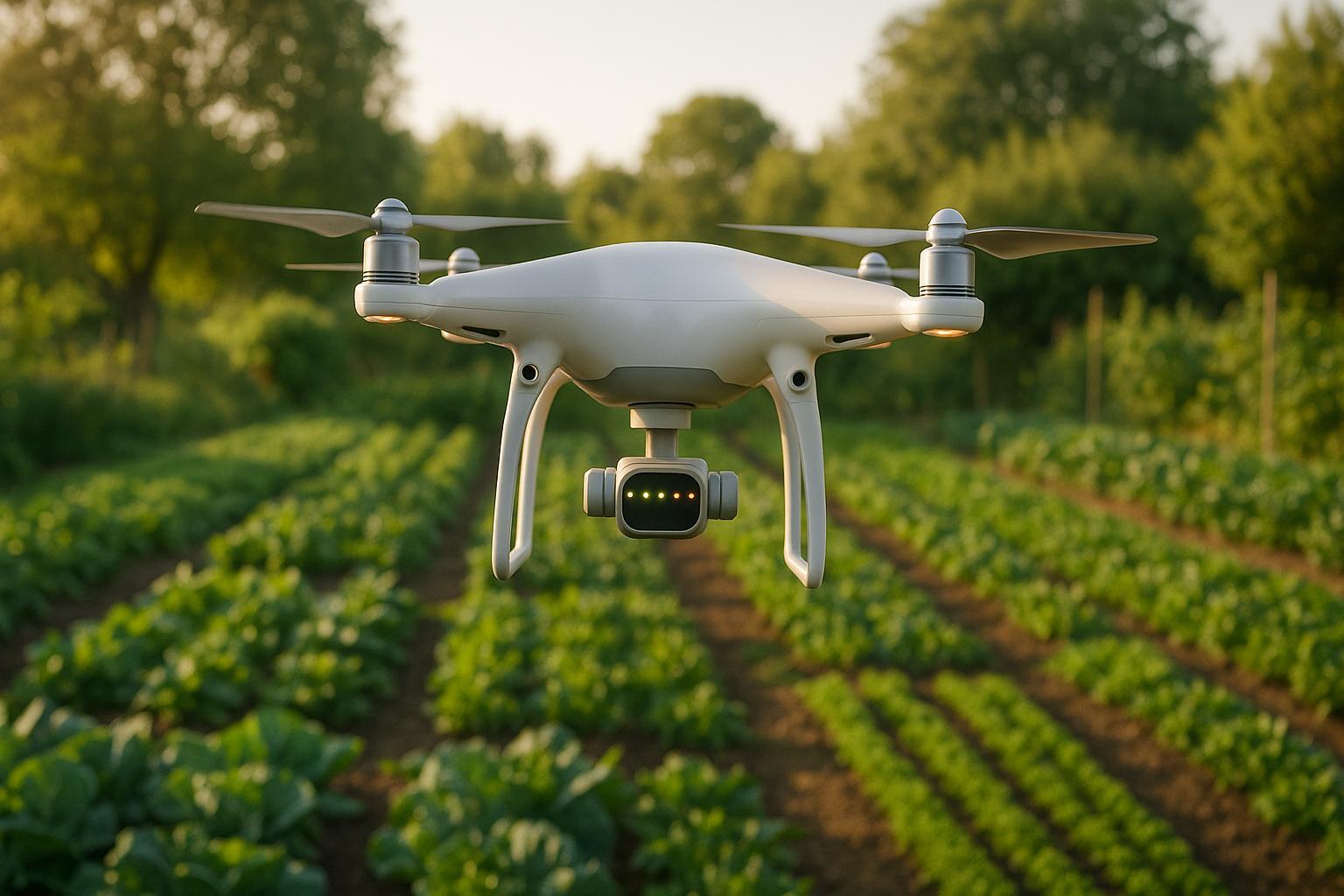
AI in Drone Gardening Analytics
Explore how AI-powered drones are revolutionizing gardening with precise analytics, resource optimization, and sustainable practices for better plant health.
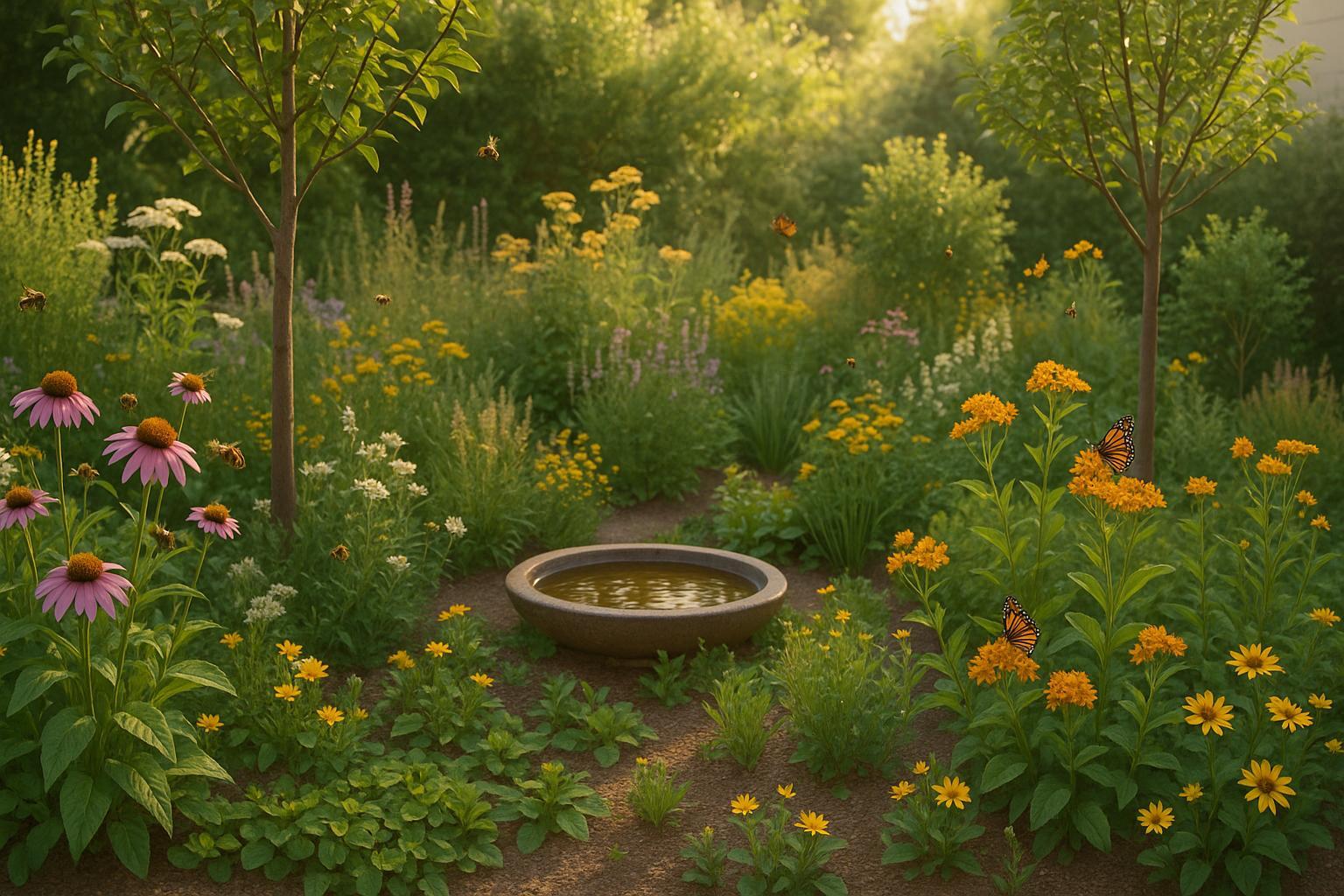
Checklist for AI-Driven Biodiversity Planning
Learn how AI tools can simplify biodiversity planning in your garden, helping you choose plants, design layouts, and maintain a thriving ecosystem.
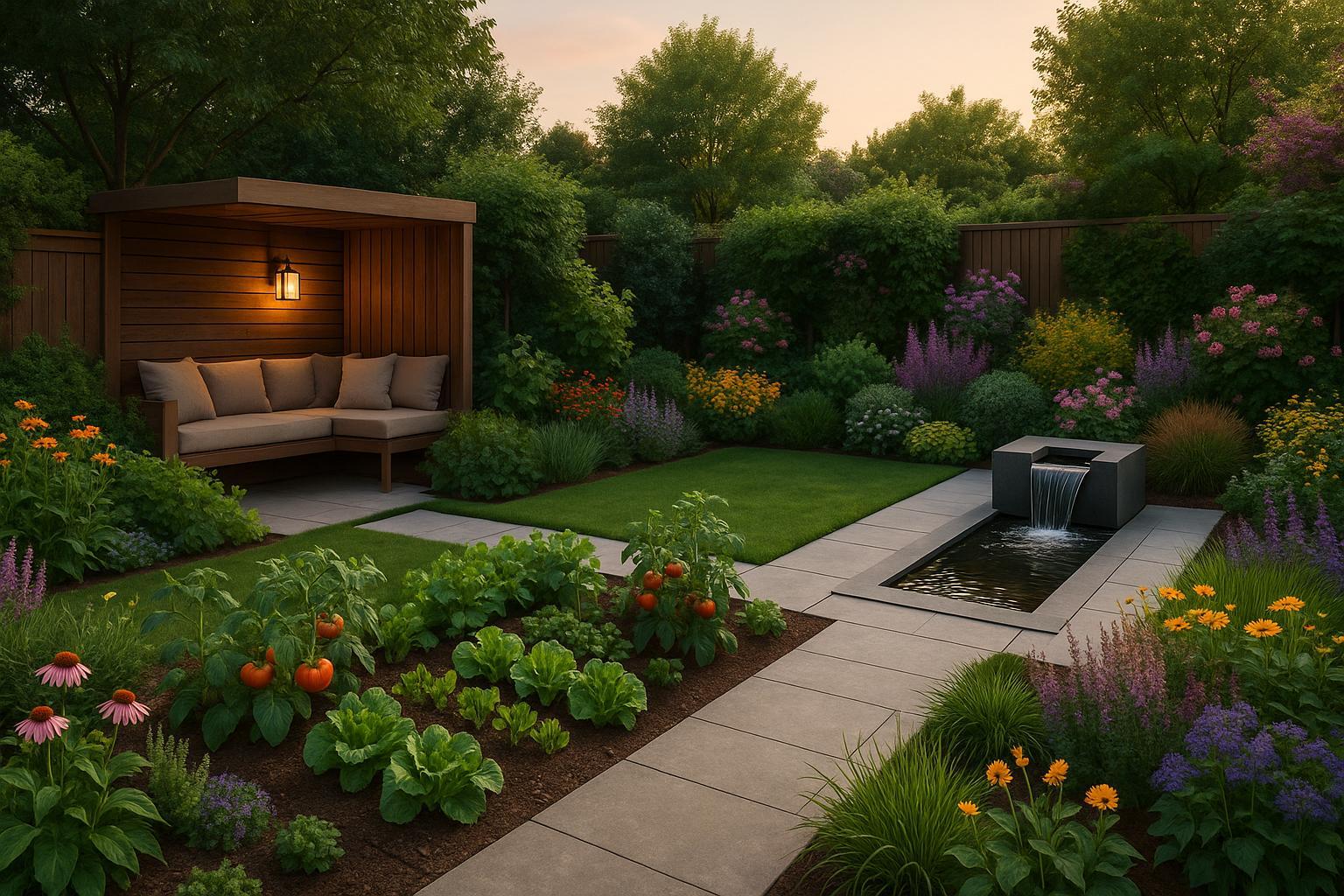
AI in Garden Design: Optimizing Multi-Use Spaces
Explore how AI simplifies the design of multi-use gardens, balancing aesthetics and functionality for diverse outdoor spaces.
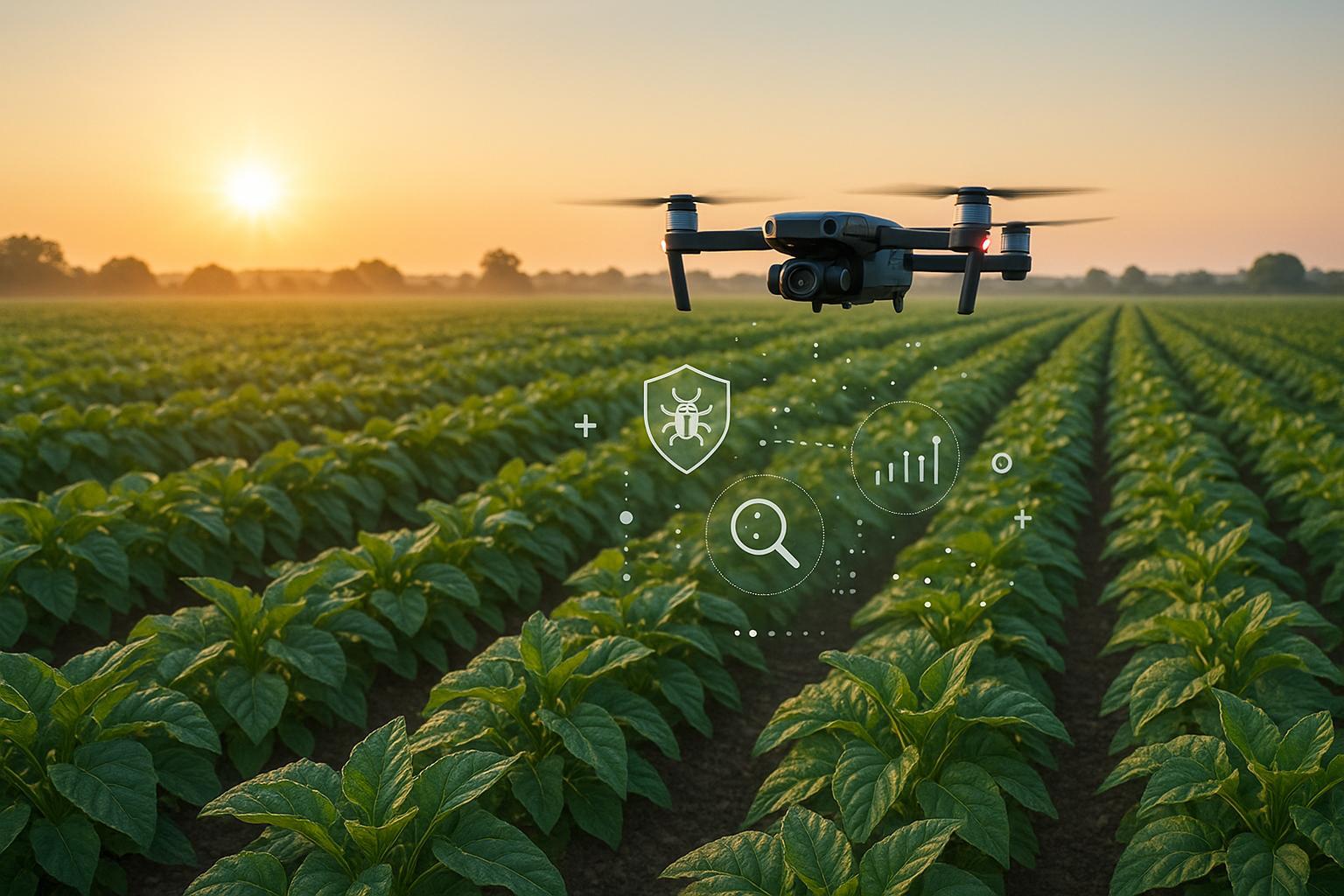
AI Pest Detection: How Early Warnings Work
Explore how AI pest detection revolutionizes agriculture by providing early warnings, reducing crop damage, and promoting eco-friendly pest management.
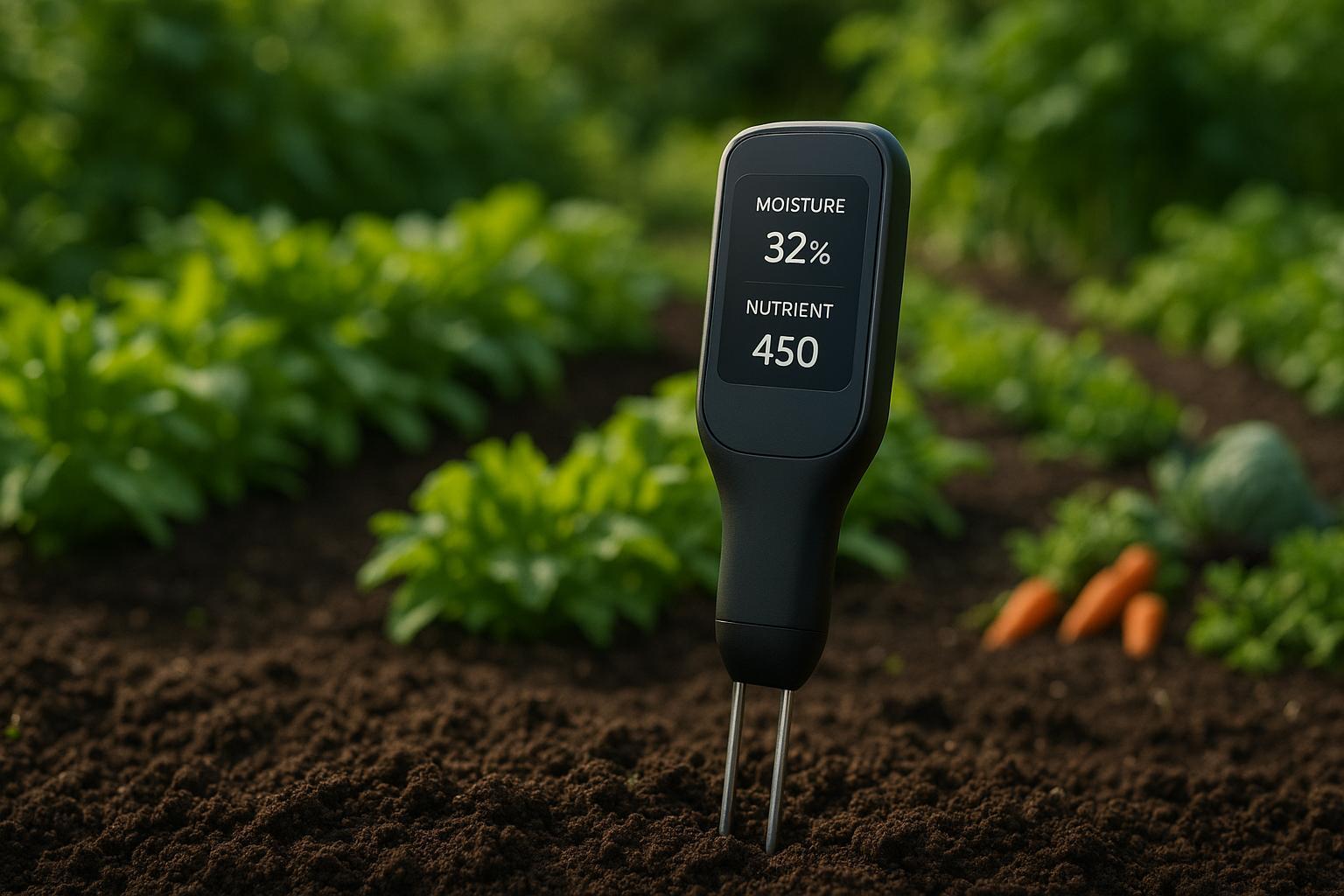
Top 7 Soil Sensors for Moisture and Nutrient Tracking
Explore the top soil sensors for monitoring moisture and nutrients, enhancing your gardening efficiency and plant health.

Ultimate Guide to Smart Garden Lighting Setup
Learn how to enhance your outdoor space with smart garden lighting through effective planning, installation, and automation techniques.